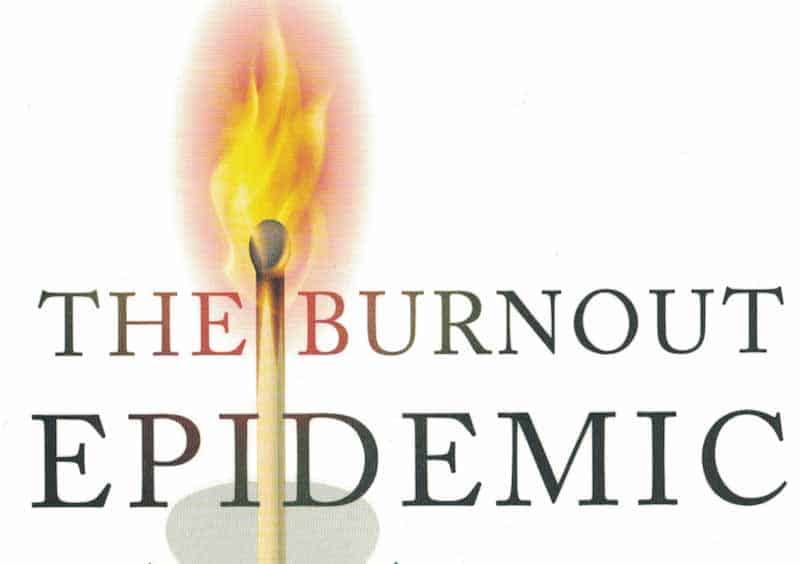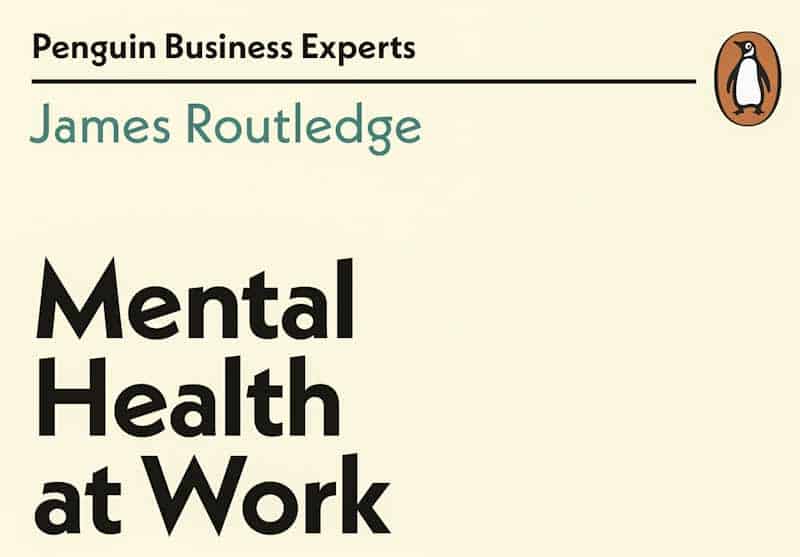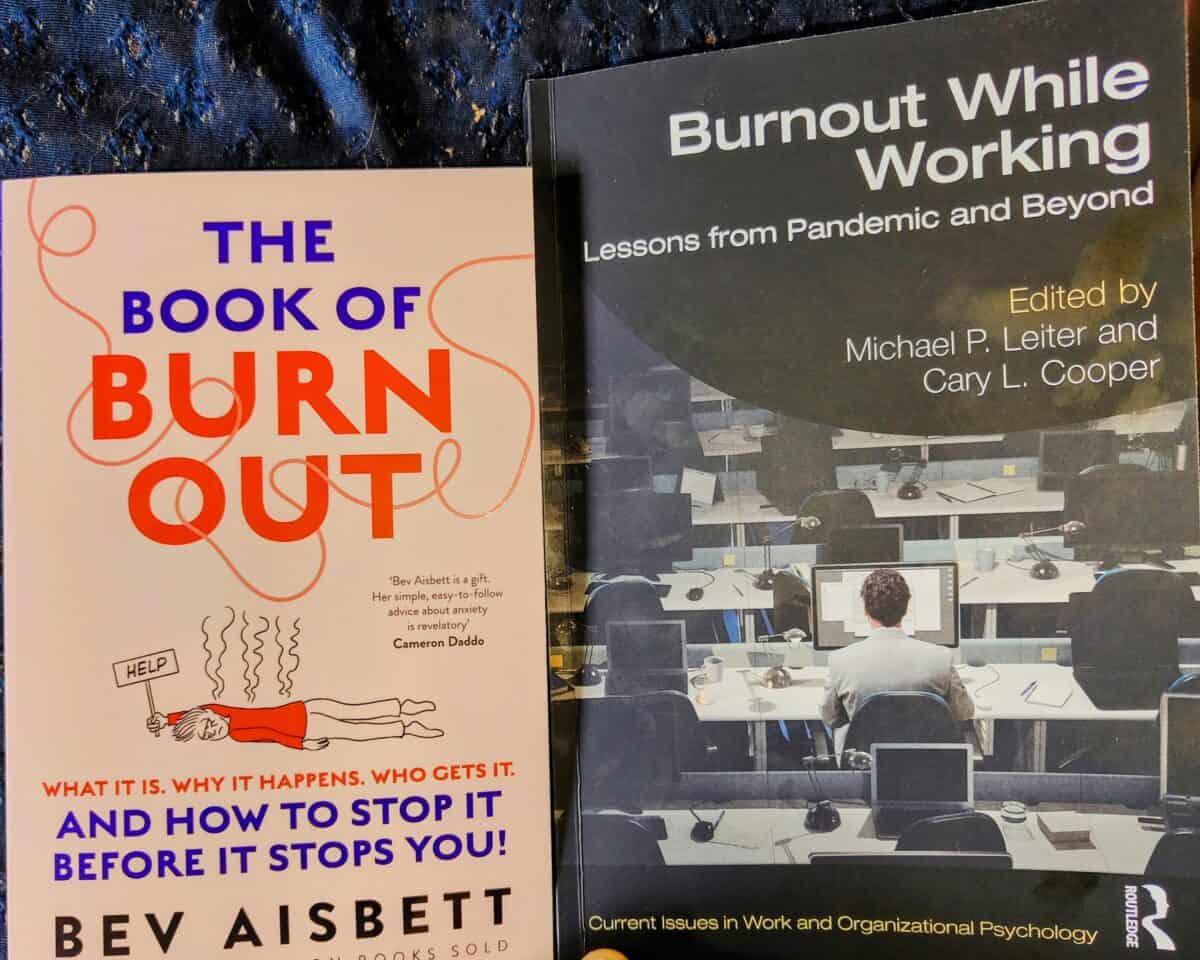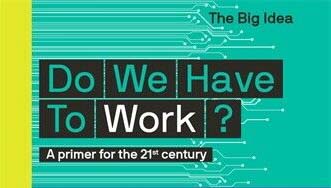I am uncertain about using Artificial Intelligence (AI), like ChatGPT, to produce articles related to occupational health and safety (OHS), but thought I better familiarise myself with the process. So, I asked ChatGPT to
“Create a 400-word document discussing psychosocial hazards in the workplace and the most effective methods to prevent them happening.”
Below is the article and a discussion of its deficiencies:
Continue reading “ChatGPT article on psychosocial hazards at work”






